Uncategorised
- Details

MOSCOW, May 23 - RIA News. Moscow is in favor of forming an international partnership to preserve a zone of peace in the Arctic, Nikolai Korchunov, ambassador-at-large for the international cooperation in the Arctic, told RIA Novosti. "We are not in favor of confrontation and rivalry, but in cooperation and complementary efforts of each other, in forming an international partnership, including within the framework of the Arctic Council, in the interests of preserving the Arctic region as a zone of peace, stability and low military tension" he declared.
The diplomat, commenting on the statements of US officials, stressed that "Russia is pursuing an open, consistent policy in the region, based on the norms of international law, with a broad agenda for international cooperation in the interests of sustainable development, open, including to the participation of the United States." Earlier, US Secretary of State Mike Pompeo said that Washington was concerned about the "Russian claims to international waters of the Northern Sea Route, including recently announced plans to connect it with the Chinese Sea Silk Road. He also declared that the requirements of Moscow were" illegitimate "in order for the Northern Sea Route to go through the ships other countries, calling them "part of Russia's overall aggressive behavior in the Arctic." In turn, US National Security Advisor to the President John Bolton said Wednesday that the United States would soon establish a year-round presence in the Arctic, when new American icebreakers will be put into operation. According to him, the US "coast guard will take the first step in restoring America’s leadership in the Arctic, which has long been ignored." The US Coast Guard, he said, will help Washington fight off Russia's growing influence in the Arctic and resist China’s unlawful claim to the status of a near-arctic country.
- Details
The Board of Governors is a supreme management body of the Northern Forum and makes major decisions on supporting the organization’s activities and on its development strategy.
The Board consists of the regions’ leaders of its members, each with a deciding vote. As a rule, the Board is convened during the General Assembly, held semi-annually. The Governor of Khanty-Mansiysk Autonomous Okrug-Yugra, Russia Ruslan Kukharuk is the current chair.
The Chair of the Regional Coordinators Committee and the Executive Director are responsible for preparing the Board meetings and attend them with a consultative vote.
The members of the Board of Governors are:

Irina Gecht
Chair of the Northern Forum
Governor of Nenets Autonomous Okrug, Russia

Aisen Nikolaev
Vice-Chair of the Northern Forum
Head of the Sakha Republic, Russia

Ruslan Kukharuk
Governor of Khanty-Mansi Autonomous Okrug - Ugra, Russia

Vladimir Solodov
Governor of Kamchatka Krai, Russia

Dmitry Artyukhov
Governor of Yamalo-Nenets Autonomous Okrug, Russia

Mikhail Kotyukov
Governor of the Krasnoyarsk Krai, Russia

Maria Kostyuk
Governor of the Jewish Autonomous Oblast, Russia
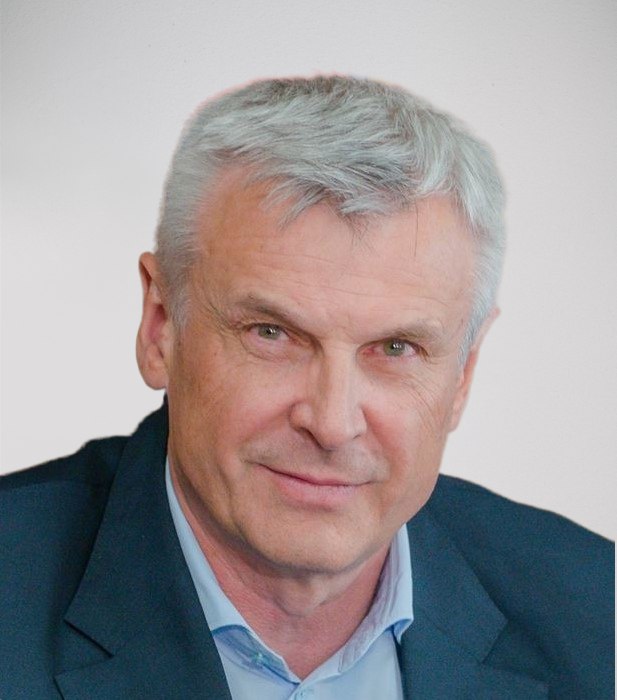
Sergey Nosov
Governor of Magadan Oblast, Russia

Dmitry Demeshin
Governor of Khabarovsk Krai, Russia
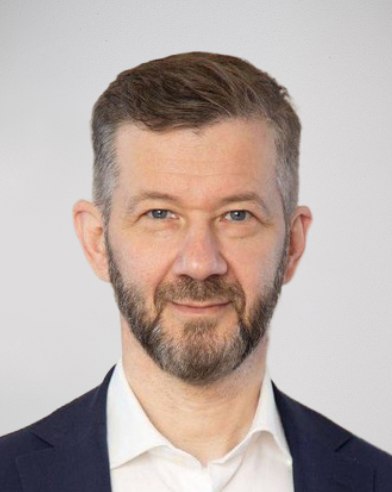
Vladislav Kuznetsov
Governor of Chukotka Autonomous Okrug, Russia
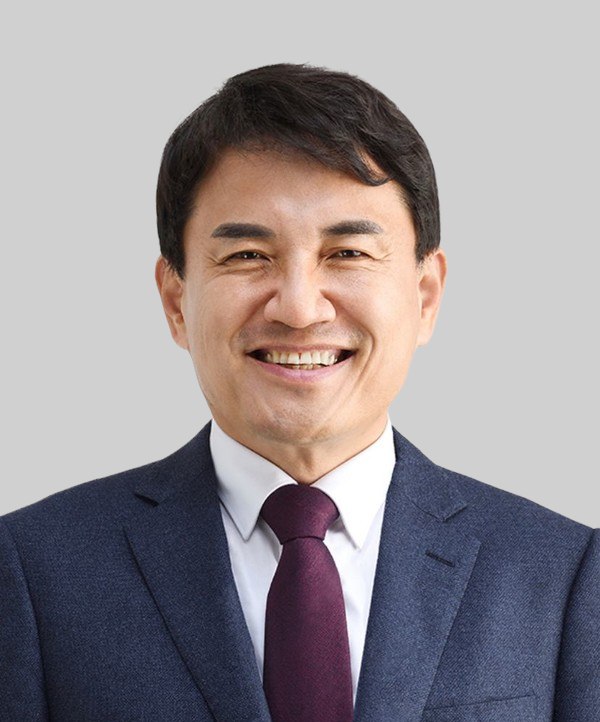
Kim Jin-tae
Governor of Gangwon Province, Republic of Korea
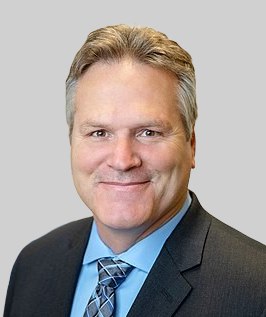
Mike J. Dunleavy
Governor of Alaska, USA
- Details
- Details
Membership Category I: Regional Authorities
The candidate for Regional Membership must be a governmental entity from a region meeting basic characteristics of a northern region or a region interested in involvement in international cooperation in the Arctic and the North.
Annual Membership Due
• For Regional Member with a population of less than 100,000 - USD 5,000 (Five thousand);
• For Regional Member with a population between 100,000 and 200,000 – USD 9,000 (Nine thousand);
• For Regional Member with a population between 200,000 and 300,000 – USD 13,000 (Thirteen thousand);
• For Regional Member with a population between 300,000 and 400,000 – USD17,000 (Seventeen thousand);
• For Regional Member with a population between 400,000 and 500,000 – USD 21,000 (Twenty-one thousand);
• For Regional Member with a population above 500,000 - USD 25,000 (Twenty-five thousand).
• For Regional Member with a population of less than 100,000 – RUB 500 000,00 (Five hundred thousand);
• For Regional Member with a population between 100,000 and 200,000 – RUB 800 000,00 (Eight hundred thousand);
• For Regional Member with a population between 200,000 and 300,000 – RUB 1 100 000,00 (One million one hundred thousand);
• For Regional Member with a population between 300,000 and 400,000– RUB 1 400 000,00 (ne million four hundred thousand);
• For Regional Member with a population between 400,000 and 500,000 – RUB 1 700 000,00 (One million seven hundred thousand);
• For Regional Member with a population above 500,000 – RUB 2 000 000,00 (Two million).
Membership Category II: Business Partners
Business Partner Membership status may be granted to business and corporate institutions, non-profit organizations and NGOs, which demonstrate interest in issues relevant to the Northern Forum and commitment to work in partnership with the Northern Forum as per its mission and goals.
Annual Membership Due
• For companies with 50 or less employees – USD 1,000 (One thousand);
• For companies with the number of employees between 51 and 100 – USD 2,500 (Two thousand five hundred);
• For companies with more than 100 employees – USD 5,000 (Five thousand);
• For Sponsor Partners – USD 10,000 (Ten thousand) or more.
• For companies with 50 or less employees – RUB 100 000,00 (One hundred thousand);
• For companies with the number of employees between 51 and 100 – RUB 250 000,00 (Two hundred and fifty thousand);
• For companies with more than 100 employees – RUB 500 000,00 (Five hundred thousand);
• For Sponsor Partners – RUB 1 000 000,00 (One million).
Documents
- Details
Edward Alexander - Co-chair, Gwich’in Council International
Elena Manaenkova - Deputy Secretary-General World Meteorological Institute
Jane Rumble - Head of UK Polar Regions Department
Vladimir Vasiliev - Acting Executive Director, Northern Forum
Petteri Vuorimäki - Ambassador and Senior Arctic Official for Finland
- Details

As we all know, the Arctic is one of the most important energy sources in the world. According to the U.S. Geological Survey (USGS) the Arctic has about 13 % (90 billion barrels) of the world´s undiscovered conventional oil resources and 30 % of its undiscovered conventional natural gas resources. On the other hand, Arctic Regions are ideal source for renewable energy like hydro power, wind power and geothermal power. In coastal regions, tidal power is also available. In the most sparsely populated Arctic the main energy source is still diesel oil and in the northernmost regions of the Nordic countries the amount of renewable energies is about 90 % of energy and it is still increasing in the near future.
Turning the whole Arctic to use renewable energy is important part of the implementation of Paris Climate Agreement. It is also a big challenge for the regions, but worth of doing. Together with increasing renewable energy together with the energy efficiency, an important component for Arctic regions is formed, which aim is to develop their own communities. One way to solve these problems is making the regional energy strategy. This was also done in Lapland by Regional Council, back then, when the first regional energy strategy was accepted in 2009.
As an example, according to Lapland´s Energy Strategy, the trend in future’s energy consumption is above all dependent on the development of industry and the service sector in the Lapland. The future development such as the investments in the Tornio steel mill, mining projects and growing tourism, will increase energy consumption significantly. More renewable and low-emission energy production, especially, is also needed in Finland. On the other hand, energy efficiency and new technology solutions should be developed further. Lapland’s large energy resources make it possible to increase energy production in a sustainable way and the northern conditions lay a good base for development of new solutions and local know-how both in energy production and consumption.
Sustainability and self-sufficiency are commonly agreed visions in Lapland’s energy production. The aim is to utilize Lapland’s large energy resources, in order to develop the Lappish knowledge and regional economy and energy solutions, which supports Lapland’s vitality. Lapland’s investments are directed to competitive energy solutions, which also support means of livelihood and regional economy, making use of northern abilities and creativity. Energy resources are utilized respecting the environment and Lapland’s unique nature. Energy production in the future will also be more diverse based on several different production technologies and fuels, so that all the potential of the sustainable Arctic energy production will be utilized. The objective is that Lapland’s own know-how and business activities are supported so, that in the future Lapland will be known for its role as a developer and user of energy production and saving solutions, which are suitable for northern conditions.
Impacts on carbon dioxide emissions depend heavily on the quantity of bioenergy, which is used to replace the peat and coal. Without a huge increase in the use of biofuels, the carbon emissions both from power and heat production will be increasing in Lapland slightly from the current level by the year 2030. Efficient utilization of biofuels can reduce emissions by about 30–40 % from the current level. Referring to the Lapland’s regional energy strategy, by increasing the production of local renewable energy, supports this also significantly the aim of achieving the objectives of Finland’s and EU’s climate and renewable energy policy. However, in 2017 the LULUCF-process by the EU has complicated the Finnish plans and strategies to use biomass as source of energy. According to the EU, emissions of biomass used in energy will be both filed and counted for each Member State's 2030 climate commitments.
Key projects and actions in the Lapland´s Energy Strategy are bioenergy, use of biomass, bio fuels, woodchips and pellets, sustainable use of peat, wind power, hydro power and promotion of energy efficiency. The strategy underlines also the importance to develop wind power technology in Lapland, upgrading existing hydro power plants and building new plants, better energy efficiency information, energy efficient building and construction, which are sufficient for Arctic conditions and energy transfer and grid networks.
When put into practice, the commitments of the Paris Climate Agreement will be the most important contribution from the Member States in addressing climate change. At the same time, the implementation of the Arctic Council's “Framework for Action on Enhanced Black Carbon and Methane Emissions Reductions” (2015) will provide a much-needed additional measure. Finland encourages projects and actions, which are aimed to reduce emissions, facilitate adaptation, and raise awareness of climate change. The president of Finland, Mr. Sauli Niinistö has recently discussed with president Vladimir Putin and president Donald Trump about the importance of reducing black carbon in the Arctic. Using renewable energy and improving energy efficiency are also good ways to support this important policy.
Timo Rautajoki
Valajaskoski Hydro power plant

Suosiola Bio power plant

Kairatie Bio Power plant

- Details
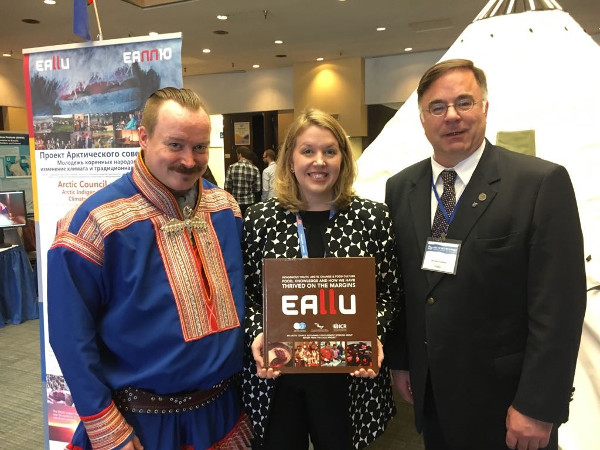
The Northern Forum is one of the members of the Arctic Council international project “EALLU: indigenous youth, adaptation to climate change and food culture”. As part of the US Arctic Council Chairmanship conclusion, EALLU final report was presented in a form of a culinary book of the Arctic indigenous peoples, in creation of which representatives of the main Arctic indigenous peoples’ organizations were involved – Permanent Participants of the Arctic Council. The project was initiated by Association of World Reindeer Herders and it was implemented in close cooperation with International Centre for Reindeer Husbandry. This book is available on www.reindeerherding.org. The event included a presentation of the Arctic indigenous peoples’ traditional dishes, as well as the workshop on traditional knowledge of indigenous peoples in food culture
- Details
Sorry, but the page you are looking for might have been removed, had its name changed, or is temporarily unavailable.
We apologize for the inconvenience.
Please try the following:
- If you typed the page address in the Address bar, make sure that it is spelled correctly.
- Use our sitemap to find the content you are looking for
- Click the Back button in your browser to try another link.
- In the case of a broken link, please report it to the Arctic Portal IT department
- Details

Russian sports minister Vitaly Mutko praised the chances of Khanty-Mansiysk to spend in 2020 Biathlon World Championships.
"Competition in the world biathlon world terms is very high. We strongly support the Khanty-Mansiysk. This city was behind the promotion and development of biathlon in the country. It is necessary to remember and appreciate. I believe that all the chances to take the World Cup biathlon there, but you have to fight for it, "- said Mutko during a press conference in Khanty-Mansiysk.
Note that the Khanty-Mansiysk is preparing to file an application for the Biathlon World Championships in 2020.
- Details
In November 2013 Carnivore Center Gronklitt in Sweden presented their project Bear and Natives - Traditional knowledge among Natives - at the Northern Forum General Assembly in Moscow. The project involves indigenous people in the north including, Evenks, Samis, Inuits and Alutiiq, who for thousands of years have lived close to wildlife and bears. They have been self-sufficient and fully dependent on the natural world.
Traditional knowledge about bears, wildlife, fishing, sewing and more has been passed down from generation to generation by having the youths learn from their elders while participating in the daily routines. Today, this traditional way of life and source of knowledge is threatened by influences from modern society.
With the project Bear and Natives, that is a part of Northern Forum work, we want to highlight the importance of maintaining the traditional knowledge of the native peoples in north. The project will entail different activities such as exhibitions, youyh exchange, festivals and workshops. This passed summer the first exhibition has been presented at the Carnivore Center Gronklitt in Sweden.
The history of the Inuits on Greenland, told in a new way
Greenland has for hundreds of years been a part of Denmark. Since 1953 they have become more and more independent. The National Museum in Copenhagen showcases a lot of knowledge and exhibitions regarding the history of Greenland. The prehistory of Greenland has been documented by archeologists, researchers and travellers, and the museum has throughout the years received a lot of historical items from the thousands of years of life on Greenland. Because of excavations, research, documentation etc the museum has attained a very good academical knowledge based on the history of Greenland.
Inuit artist Nuka Godtfredsen
The chance to present academical knowledge in a new way occured when Inuit artist Nuka Godtfredsen came into contact with the museum. An idea was born to ask Nuka to illustrate the importance of Bears in early Inuit life and history. He presented one illustration that said more than thousands of words”. This contact ended up with a cooperation between Nuka and the Museum. He has now made two books ”The first Step” and ”The Ermine”, where he has illustrated what life may have been like on Greenland, starting from 5000 years ago.
He uses cartoon-style illustrations as his medium, but they are all scientifically valid and are based on historical science from excavations, etc. This way of presenting historical science is quite unique, and now other museums in the world wish to follow in the footsteps of the National Museum of Denmark in the same way.
Exhibition Ukaleq in Gronklitt
Anders Bjorklund, CEO of the Carnivore Center in Gronklitt and responsible for the project Bear and Natives in north, notes that ”making an exhibition around the amazing work done at the museum and illustrated by Nuka is fascinating”. His illustrations of history reaches all people from children to adult researchers. Reading the books and the stories gives you a good view of how life might have been like thousands of years ago. You feel familiar with the characters you meet in his books and for our project it is very interesting to follow the way they lived and looked at Polar Bears. The bears were considered holy and the Inuits wanted to get power and knowledge from the bears. Among many natives in Scandinavia, Alaska, Greenland and Siberia, the relationship to bears has taken a near-religious expression.”
Artwork as a part of science
In our project Bear and Natives we have observed among many different native groups that they are losing their history. Their traditional way of life and traditional knowledge is slowly being eroded by the pressure of the modern world. Anders says that ”it is fascinating to see how science has opened its doors to artists and let Nuka come into the scientific world. Through the work done in Copenhagen, the history of Greenland reaches everyone on Greenland, and the two books are already being used as school material. In the exhibition at Gronklitt parts of his work has been shown. Hopefully the exhibition that is produced can go on a world tour later on.
Images

Polar Bear Spirit Nuka 2 - The first Nuka illustration about the Inuits relation to Polar Bears that was the start of his book project.
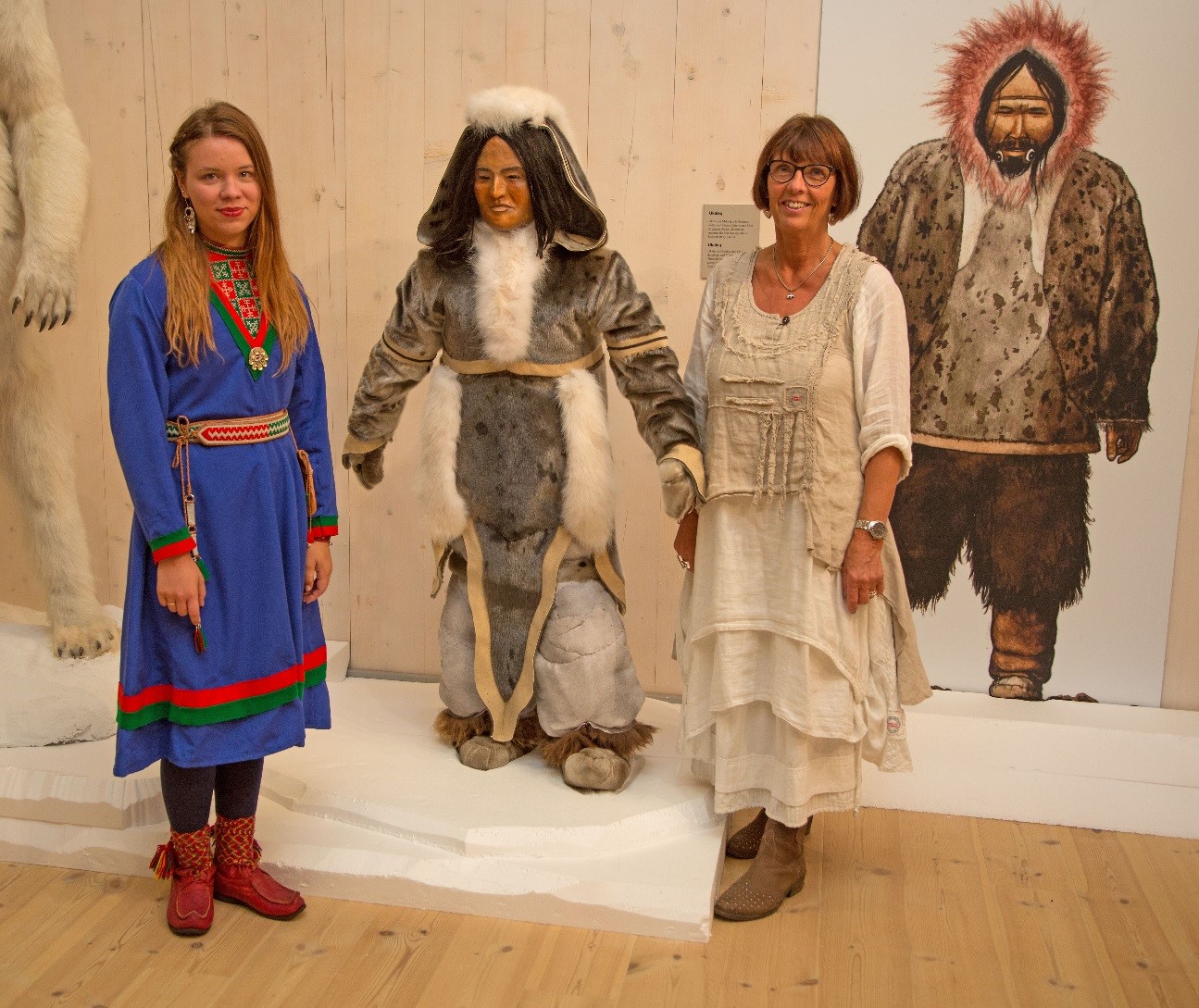
1898 - At the exhibition in Gronklitt. Some of the illustrations about Inuits on Greenland made by Nuka Godtfredsen
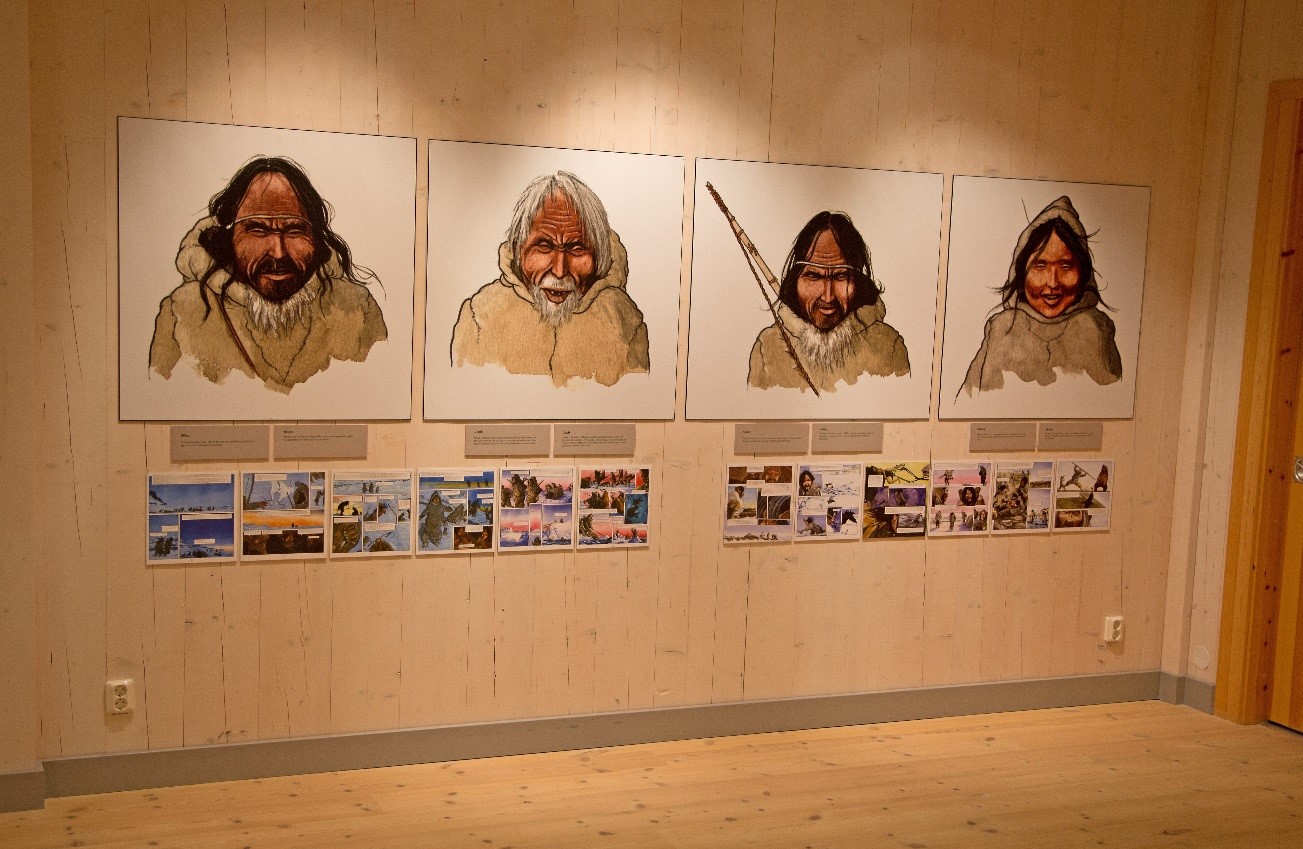
1930 - At the exhibition in Gronklitt. Sami Marika Renhuvud, the model Ukaleq, designer Ingvor Ljung that participated in Moscow who has made the Ukaleq model and she works for Carnivore Center Gronklitt.
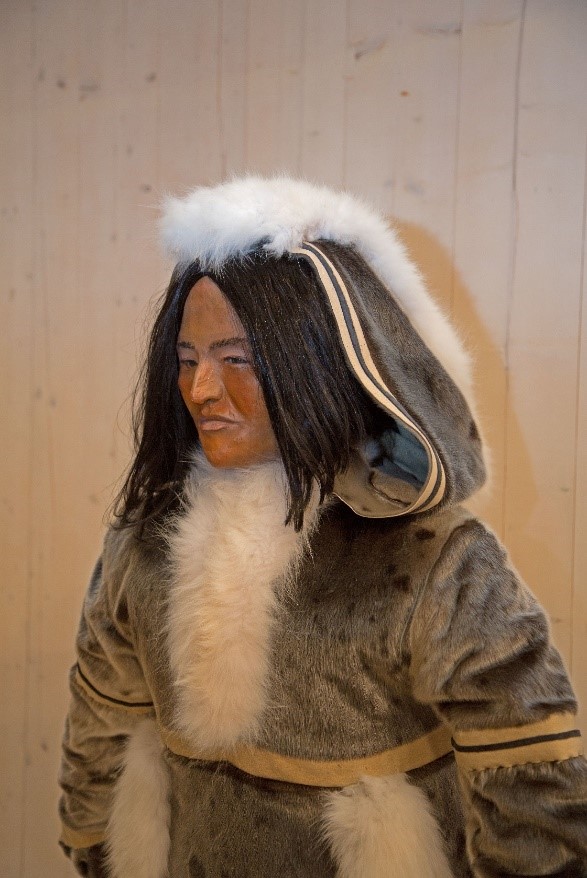
1945 - Ukaleq
Anders Bjorklund
CEO Carnivore Center Gronklitt Sweden
- Details
Headline h1
Headline h2
Headline h3
Headline h4
 Test paragraph. Never copy and paste text into the editor from Word, other website, etc and expect it to work correctly. When you do so, many invisible and non-standard html elements invisible to human eye get embedded in the page and from here you'll fail miserably to format anything in any Joomla editor.
Test paragraph. Never copy and paste text into the editor from Word, other website, etc and expect it to work correctly. When you do so, many invisible and non-standard html elements invisible to human eye get embedded in the page and from here you'll fail miserably to format anything in any Joomla editor.
New publication: The European Union and the Arctic – Developments and Perspectives 2010 – 2014 has just become available. The report analyses the policy statements on Arctic issues released from 2010 by the EU institutions and the EU's role-building in the Arctic political framework, notably the Arctic Council. (via Norden) It describes how the EU's role in the Arctic is seen in strategies and policy


